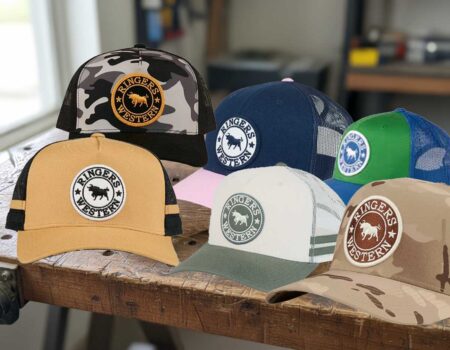I tested linen shirts on snow-dusted streets and learned that yes, it is okay to wear linen in winter if you sweat a lot, provided you use it as a breathable middle or outer layer over a wicking base and under a wind-blocking shell. The combo keeps sweat off your skin, lets the linen release moisture fast, and prevents icy drafts from zapping body heat.
Why Sweat Still Matters When It Is Freezing
- Your body keeps producing heat, even in the cold. A brisk walk to the tram or an overheated office lobby triggers perspiration that can chill you once you slow down.
- Evaporative cooling robs warmth. Any fabric that traps wetness, heavy cotton flannel is a prime offender, loses insulation value quickly. Outdoor pros even have a saying, “cotton kills,” for this reason.
- Breathable fabrics fight that chill. Linen’s airy weave helps sweat escape instead of soaking your underlayers.
How Linen Behaves in Cold Weather
| Property | What It Means for Winter Wear |
|---|---|
| Moisture absorption up to 20% of its weight | Linen pulls sweat away before it feels damp, then dries quickly. |
| Higher thermal conductivity than wool (158-167 vs 94-120 mW m⁻¹ K⁻¹) | Heat passes through faster, so linen alone is not as warm as wool. |
| Stays strong when wet | Flax fibers keep their shape instead of stretching like soaked cotton. |
| Naturally odor-resistant | Helpful for long, sweaty workdays. |
Pros of Wearing Linen in Winter for Heavy Sweaters
- Superior breathability keeps you from feeling swampy on crowded buses.
- Fast drying slashes that clammy post-gym chill.
- Odor control beats many synthetics after eight‑hour shifts.
- Wrinkle resistance when blended, a linen-wool blazer barely creases yet vents heat effectively.
Cons and How to Fix Them
| Drawback | Quick Fix |
|---|---|
| Loose weave lets cold wind slice through | Add a wind-proof shell or choose a dense linen twill. |
| Minimal loft after saturation | Keep a lightweight fleece handy for extended outdoor time. |
| Creasing under heavy coats | Select heavier weaves or blends and hang garments overnight. |
Layering Blueprint That Works

- Base layer: Thin merino or bamboo tee wicks moisture away.
- Middle layer: Linen overshirt, dress, or trouser breathes and manages humidity.
- Shell: Wind-blocking parka, trench, or soft-shell holds warmth.
- Accessories: Linen-wool scarf for neck ventilation without bulk.
This three-layer system balances warmth, breathability, and weather protection.
Style Ideas for City Life
- Dark linen trousers with chunky Chelsea boots look season-appropriate and hide road slush.
- Linen shirt under a blazer lets you ditch the jacket indoors without overheating.
- Linen-wool blend blazer gives boardroom polish while quietly venting excess heat.
Care Tips When Temperatures Drop
- Wash cold, gentle spin to avoid shrinking.
- Air-dry near a radiator; linen’s quick evaporation speeds things up.
- Steam, don’t iron, to ease out creases caused by layering.
Frequently Asked Questions
Will sweat freeze in linen?
Not if you pair it with a moisture-wicking base and protective shell; freezing occurs only when fabric is fully saturated and wind-exposed.
Can linen be my base layer?
Skip it: wool or performance synthetics sit better next to skin in cold, damp conditions.
Does linen wrinkle more in winter?
No, but friction from coats can deepen existing folds; heavier weaves resist this.
Key Takeaways
- The answer to “is it okay to wear linen in winter if you sweat a lot” is a confident yes, as long as you treat linen as the breathable heart of a thoughtful layering system.
- Combine a wicking base, linen middle, and windproof shell to stay dry and warm.
- Opt for heavier or blended linen pieces for extra insulation and fewer wrinkles.
Follow these steps and you will breeze through frosty mornings without breaking a sweat, or at least without feeling soaked in one.





